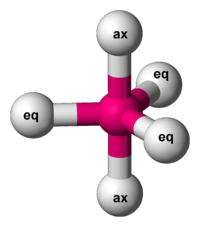Chemistry - Ch 8 Vocab
1/20
Earn XP
Description and Tags
Name | Mastery | Learn | Test | Matching | Spaced |
|---|
No study sessions yet.
21 Terms
Covalent Bond
The chemical bond that results from sharing valence electrons
Molecule
Formed when two or more atoms bond covalently
Lewis Structure
Represents the arrangement of electrons in a molecule
Sigma Bond
Single covalent bonds; occurs when the pair of shared electrons is in an area centered between the two atoms
Pi Bond
Forms when parallel orbitals overlap and share electrons
Endothermic Reaction
Occurs when a greater amount of energy is required to break the existing bonds in the reactants that is released when the new bonds form in the products
Exothermic Reaction
Occurs when more energy is released during product bond formation than is required to break bonds in the reactants
Oxyacid
An acid that contains both a hydrogen atom and an oxyanion
Structural Formula
Uses letter symbols and bonds to show relative positions of atoms
Resonance
A condition that occurs when more than one valid Lewis structure can be written for a molecule or ion
Coordinate Covalent Bond
Forms when one atom donates both of the electrons to be shared with an atom or ion that needs two electrons to form a stable electron arrangement with lower potential energy
VSEPR Model
Used to determine the molecular shape; based on an arrangement that minimizes the repulsion of shared and unshared electron pairs around the central atom
Hybridization
A process in which atomic orbitals mix and form new, identical hybrid orbitals
Polar Covalent Bond
The unequal sharing of electron pairs in a covalent bond between different atoms

120
Trigonal Planar

109.5
Tetrahedral

107.3
Trigonal Pyramidal

104.5
Bent

180
Linear

Equitorial Positions: 120
Axial Positions: 90
Trigonal Bipyramidal

90
Octahedral